Unless you have been living under a rock the last few years, you’ve most likely heard of the Paleo diet. The Paleo diet is based on what our ancestors ate back in the day. As in, way back in the day. Paleo stands for paleolithic, which refers to the Paleolithic Age (prehistoric period of mankind that reached from 2.6 million years to 12,000 years BC). So when it comes to eating “the Paleo way”, if our distant cavemen cousins weren’t eating a particular food, then you can pretty much guarantee it won’t fit into the fundamental principles of the Paleo diet. The wildly popular Paleo diet abides by one simple question: What would a caveman eat?
Aeons before drive-through windows, Weetbix or vending machines existed, our ancestors succeeded on a hunter-gatherer diet. The core of the diet is that it forgoes grains, sugars, processed foods and modern vegetable oils in favour of meat, fish, vegetables, fruit, seeds, and eggs. In essence, if food can’t be hunted for, grown or found in nature, then it won’t be considered fit for the Paleo diet. It’s important to note that the paleo-approach to eating isn’t written in stone by any official authority, and there are some variations as to what is and isn’t accepted as “Paleo-friendly.”
Let’s first look at our ancestors constitutions back in Paleo times versus now. The average neanderthal back in the caveman days was believed to be strong, muscular, agile and nimble. Leap forward to nowadays, and a disproportionate number of human beings are overweight, unfit, stressed, sleep-deprived and suffering from a myriad of preventable diseases. How on earth did things change so drastically? Paleo-lifestyle advocates point the finger directly at agriculture. When the agricultural revolution took hold, human beings advanced from hunter-gatherers to farmers. While we adapted in most other ways to this progression, they believed that our bodies never adjusted to eating all the newly farmed and processed grains. Our genetics were geared to eat like hunters and gatherers. The belief is that our bodies were designed to operate on low amounts of carbohydrates (i.e. grains and sugars). Many experts say our genetic make-up remains the same, but we are now eating much larger amounts of grains or carbohydrates and doing less exercise, which is out of our natural balance.
If numbers are your thing, let’s look at the basic facts. Human ancestors existed as a species 150,000 years ago, and the agricultural revolution happened 10,000 years ago. That means as a species, we had 140,000 years without many grains and we thrived (clearly, otherwise we wouldn’t be here!). Back in the day, grains weren’t a significant part of the human beings diet, yet nowadays, the average person is ‘dependent’ on grains of some sort as a part of their daily diet. When we eat fewer carbohydrates (i.e. grains), there is less glucose in our body, which means our body starts burning fat as a fuel source as an alternative to glucose. What’s the Paleo answer? Get your body back into natural balance by eating less carbohydrates and burning more of them off by doing more exercise.
Here are the basic guidelines;
- Eat natural foods, preferably prepared by yourself so you can be sure healthy oils, etc. were used.
- Avoid all grains (i.e. wheat, corn, rice, sorghum, oats)
- Avoid sugar in all forms. This includes cane and coconut sugar, rice malt, corn syrup, agave nectar, honey, maple syrup, and artificial sweeteners. If you cannot forgo a sweetener of some sort, the natural herbal sweetener Stevia may be used.
- Avoid oils derived from grains and seeds (ie. canola oil, corn oil, soy oil)
- Avoid all hydrogenated fats (unnatural fats i.e. margarine)
- Enjoy generous amounts of natural fats such as; animal fats, ghee, unrefined coconut oil, lard, olive oil, avocados, nuts.
- Avoid all soy products
- Avoid beans and other legumes (i.e. lentils, peanuts, kidney beans, black beans, soybeans)
- Eat high-quality meat, preferably from organic, grass-fed (as opposed to grain-fed) animals. Avoid meats treated with antibiotics and hormones.
- Eat fowl – free-range chicken, hen, turkey
- Eat eggs from free-range chickens
- Eat fish and shellfish, ideally caught from the wild rather than farm-raised
- Herbs and spices (fresh and dried)
- Enjoy fruit, but in moderation. Fruit is high in fructose, which, in high amounts, is particularly hard on the liver. Berries are the fruit with the lowest amount of sugar and are most suitable for the Paleo-diet.
- Enjoy fermented and cultured foods like sauerkraut and kimchi as they are beneficial for your gut bacteria.
- Enjoy organ meats and bone marrow.
- Make homemade bone broth (i.e., from marrow, beef bones or chicken carcasses)
- Listen to your body and only eat when you are hungry. It is considered acceptable to fast intermittently on the paleo diet. After all, our ancestors sometimes went days without eating when food was scarce!
- Nuts (i.e. macadamia nuts, pine nuts, almonds, cashews)
- Enjoy copious amounts of vegetables. However, potatoes are not considered Paleo-friendly and starchy vegetables such as sweet potatoes or yams should only be eaten in moderation.
- Strictly speaking, dairy is not considered to be a part of the paleo diet. Most people avoid dairy, but some enjoy generous amounts of butter or yoghurt.
The Paleo Diet promotes a modern-day attempt to go back to eating how we’re supposedly biologically designed to eat. It may not fit with your view of healthy eating, but one thing that I’m sure that we can all agree on is that eating more natural foods, cutting out sugary, processed and refined foods can’t be a bad thing. If you want to primarily eat a primal diet, but are not willing to 100% cut out grains, perhaps work on minimising grains over a period. Observe how your body feels and if you notice improvements, there will probably be a natural inclination to reduce grains further. The belief is that by following these nutritional guidelines, we put our diet more in line with the evolutionary input that shaped our current genetics, which consequently positively influences health and well being. Hunt down more information, gather your facts and should you decide to embark…good luck on your Paleo journey! It might just be “the best thing since sliced bread”.
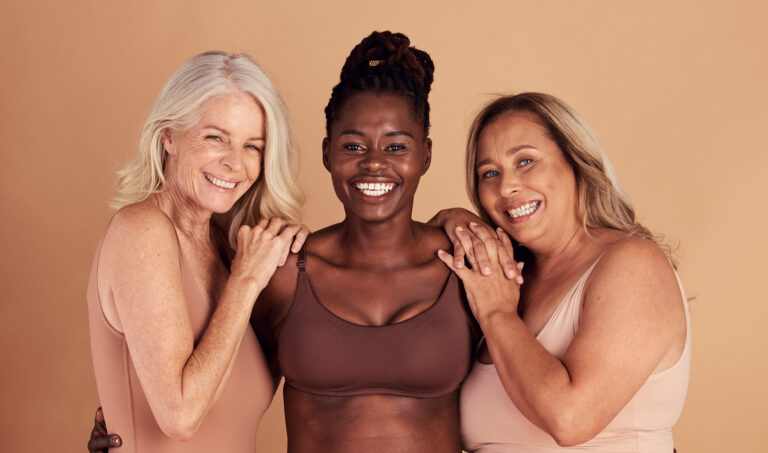





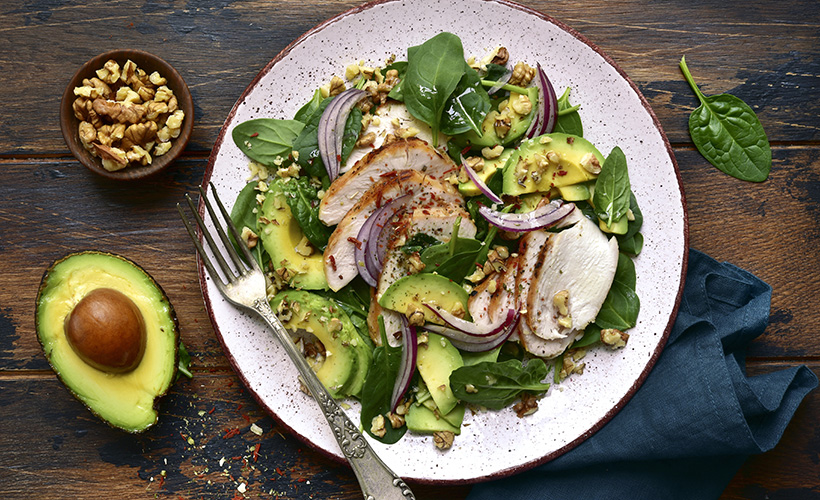

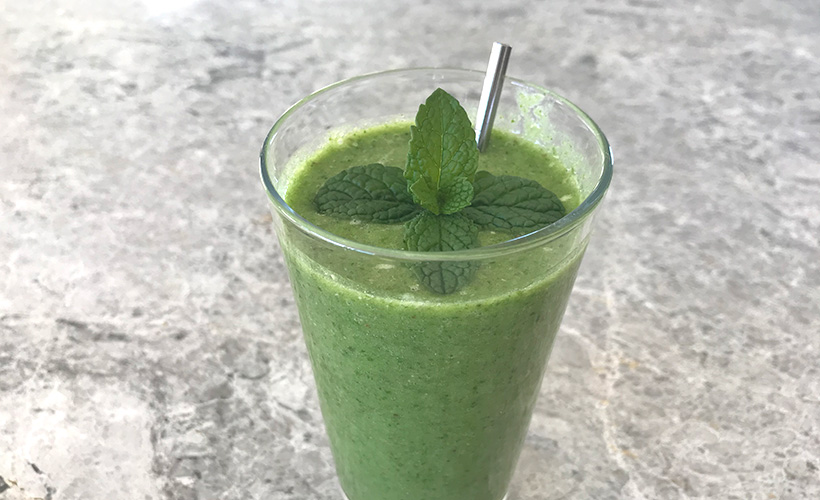
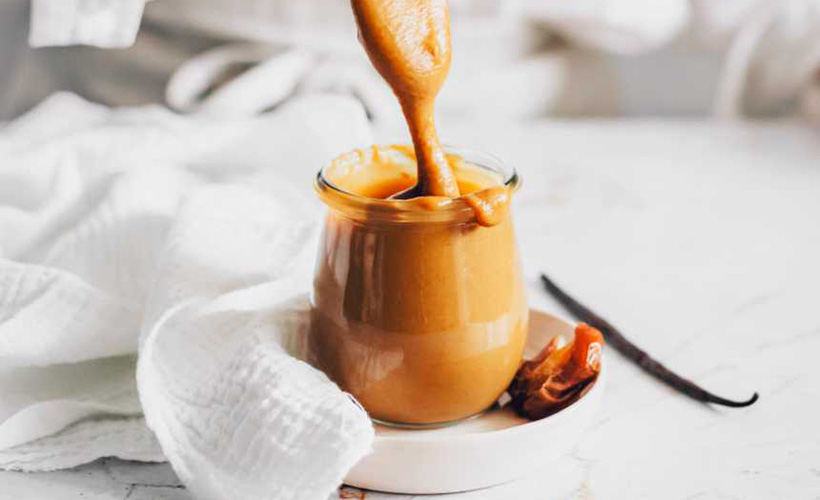
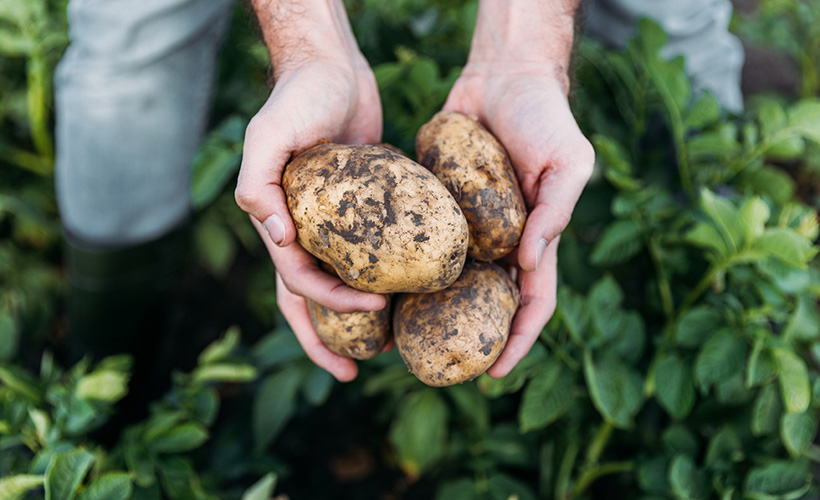






Community